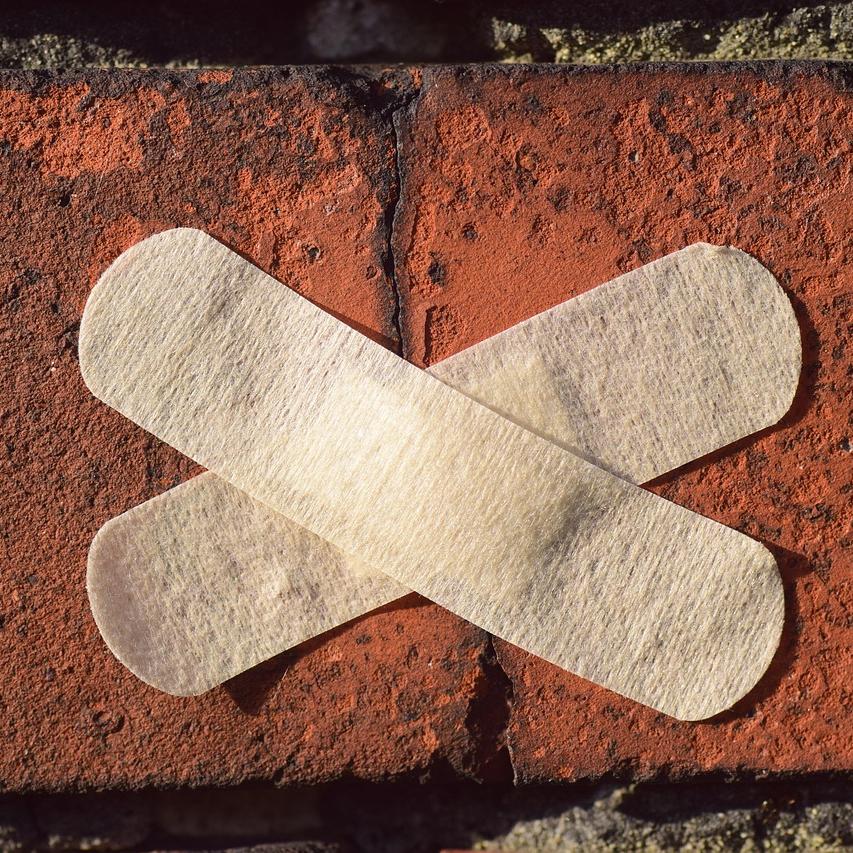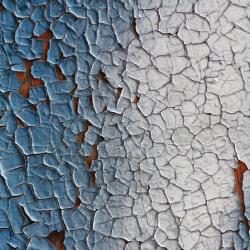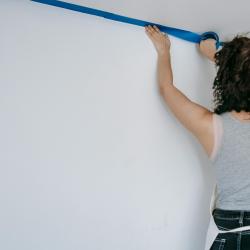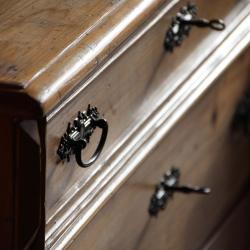How to Patch and Paint Small Holes in Walls
Our walls tell a story of our home life – from the bustling activity of a family home to the quiet moments of solitude. Over time, they inevitably accumulate small holes and imperfections, whether from picture frames, shelving, or minor accidents. Fortunately, patching and painting these small holes is a relatively simple DIY project that can refresh your space without excessive time or expense. Here's a comprehensive guide to help you tackle this task and restore your walls to their former glory.
Materials Needed:
- Spackle or lightweight joint compound
- Putty knife
- Sandpaper (medium and fine-grit)
- Drywall patch (for larger holes)
- Primer
- Paint (match your wall color)
- Paintbrush or roller
- Drop cloth
- Painter's tape
Step 1: Prepare the Area
Before you begin, prepare the area to ensure a clean working environment. Remove any decorations or furniture near the wall and lay down a drop cloth to protect your floors. Use painter's tape to mask any surrounding areas if necessary.
Step 2: Clean the Surface
Clean the area around the hole to remove any dust, dirt, or debris. A damp cloth or mild detergent can be useful for ensuring the surface is ready for patching. Let the area dry completely before proceeding.
Step 3: Apply Spackle or Joint Compound
For small holes, such as those made by nails or screws, use a putty knife to apply a small amount of spackle directly into the hole. For slightly larger holes, a drywall patch may be necessary. Place the patch over the hole and apply spackle or lightweight joint compound over it, smoothing the edges thoroughly to blend with the wall.
Step 4: Smooth and Level the Surface
Use your putty knife to smooth the spackle or compound, removing excess material and feathering the edges so it blends seamlessly with the surrounding wall. Allow the patched area to dry completely according to the product instructions—this typically takes a few hours.
Step 5: Sand the Patched Area
Once dry, sand the patched area with medium-grit sandpaper to remove any high spots and create a flat surface. Follow up with fine-grit sandpaper for a smooth finish that is flush with the rest of the wall. Be careful not to oversand, which can damage the surrounding paint.
Step 6: Prime the Patched Area
Apply a coat of primer to the patched area. This step is crucial for ensuring that the paint adheres well and creates an even color match. Primer also helps seal the spackle or joint compound, preventing it from being absorbed by the paint. Let the primer dry completely.
Step 7: Paint the Wall
Once the primer is dry, use a paintbrush or roller to apply paint over the patched area. It's often a good idea to paint a slightly larger area to help blend the new paint with the existing wall color. Depending on the original wall color and the paint's opacity, you may need to apply a second coat after the first has dried.
Step 8: Final Touches
After the paint has dried, assess the area to ensure the repair blends well with the rest of the wall. If necessary, touch up any spots for a flawless finish. Remove the painter's tape and drop cloths, and reposition any furniture or decorations.
Conclusion
Patching and painting small holes in your walls is a straightforward task that can revitalize your living space. With the right materials and a bit of patience, you can achieve professional-looking results. Not only does this maintenance enhance the aesthetic appeal of your home, but it also preserves the integrity of your walls, ensuring they remain an enduring part of your story.
Whether you're getting your home ready for a move, refreshing a room, or simply maintaining your space, mastering this simple home repair will serve you well in many situations. Take pride in your handiwork and enjoy the renewed beauty of your walls.






















